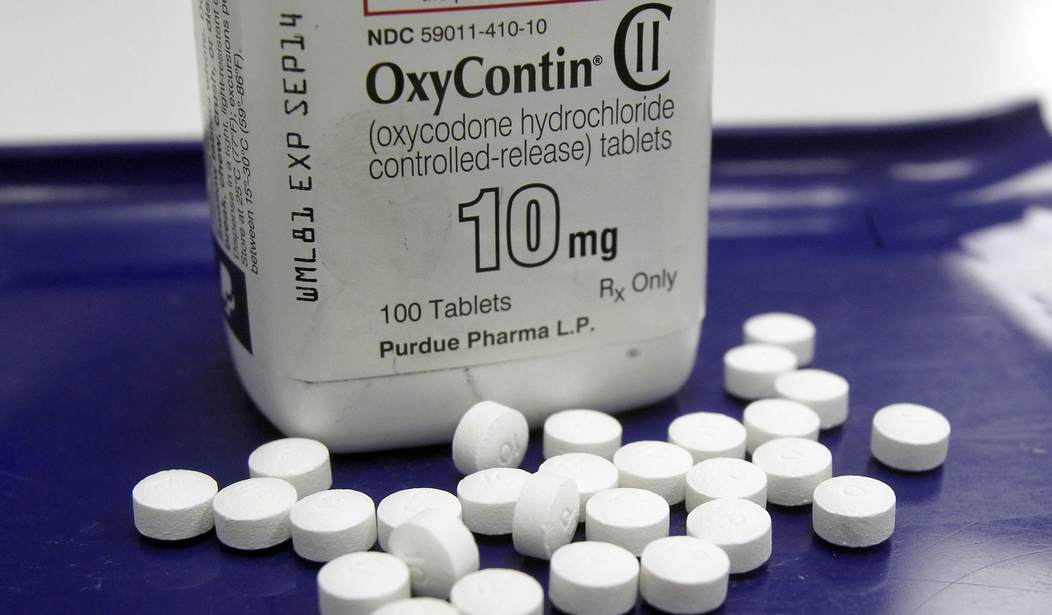As the debate over how best to reform America’s broken health care system arrives once again in Congress, alarming news has arrived from California. Anthem Blue Cross, one of the state’s largest insurance providers, plans to hike premiums by an astounding 35 percent next year. The given reason? Because Anthem forecasts that Californians will consume 30 percent more prescription drugs.
Now, as with any company’s justifications for its price increases, there is room for suspicion about Anthem’s projection. Other large insurance companies in the state, such as Blue Shield of California and Health Net, have forecast more modest increases in drug use closer to 20 percent. However, Molina Healthcare comes close to backing up Anthem’s assessment by forecasting a 28.6 percent rate. Who’s right? Who knows, but it’s far from implausible that Anthem could be right, and for reasons that should worry us at least as much as their proposed price hike.
The main reason Anthem could be right is simple: because drug companies have increasingly employed aggressive advertising techniques in arguably unprecedented ways. Consider, for example, the scandal that erupted in late May when consumers discovered that the popular television show General Hospital had written episodes that served as literal propaganda for rare drugs manufactured by niche pharmaceutical companies. Please note that such deference to pharmaceutical wishes is confined solely to the fictional medical community. Real doctors have been incensed for years at the oversaturation of pharmaceutical advertising, to the point where the American Medical Association (AMA) outright called for a ban on advertising prescription drugs.
Real doctors have every right to be angry, and not just because of cheesy soap opera scripts. America’s medical profession has been virtually gang-pressed into prescribing dubiously necessary medicines by pushy manufacturers before. You may be familiar with the most infamous fruit of this type of practice – namely, the opioid crisis. What you may not know is that that crisis also crossed the border into Canada thanks to the very same sorts of practices. If that kind of aggressive behavior can spark a crisis in our northern neighbor, it’s not at all outlandish to imagine that California, whose exchange behaves similarly to Canada’s single-payer system, could see the same spike in usage, or even see miniature crises of its own. At least, if the pharmaceutical industry gets its way, given that bills designed to prevent that sort of thing are already being targeted by Big Pharma lobbyists.
Recommended
Now, the over-prescription of drugs is an evil all on its own, thanks to the proliferation of side effects, dependency, and reduced capacities that it can bring upon its victims. But still, one might wonder why its mere existence justifies a 35 percent price hike. Answer: Because along with becoming more commonly used, drugs are also becoming more expensive. Way more expensive. In fact, the drug price scourge has become so bad that the best defense pharmaceutical companies can muster for it is that they’re now hiking prices by two percent less! See how generous they are?
This vicious cycle of pushing prescription meds and driving their prices up is a dagger aimed straight at the heart of the people most in need of a functional health care system, many of whom represent the forgotten men and women that both parties now seek to reach. Obamacare is to blame in some cases – for example, the law’s provision requiring rural hospitals to pay full price for drugs that larger hospitals buy at discounted rates has slammed into the hospitals best equipped to serve Trump country. On the other hand, the laissez-faire attitude of some Republicans causes pain as well, given many pro-pharma Republicans’ reluctance to enforce the provisions of the few price discount programs that rural hospitals can rely on, like the 340B drug pricing program.
As the case of Anthem shows, even in relatively collectivist health care markets like California’s exchange, the price of this vicious cycle is passed onto the consumer and the taxpayer. Anthem’s projection may be alarmist, but in the case of America’s overprescribed and overpriced drug market, alarm is warranted. Let us hope that legislatures both state and national will take notice and, more importantly, take action.

























Join the conversation as a VIP Member